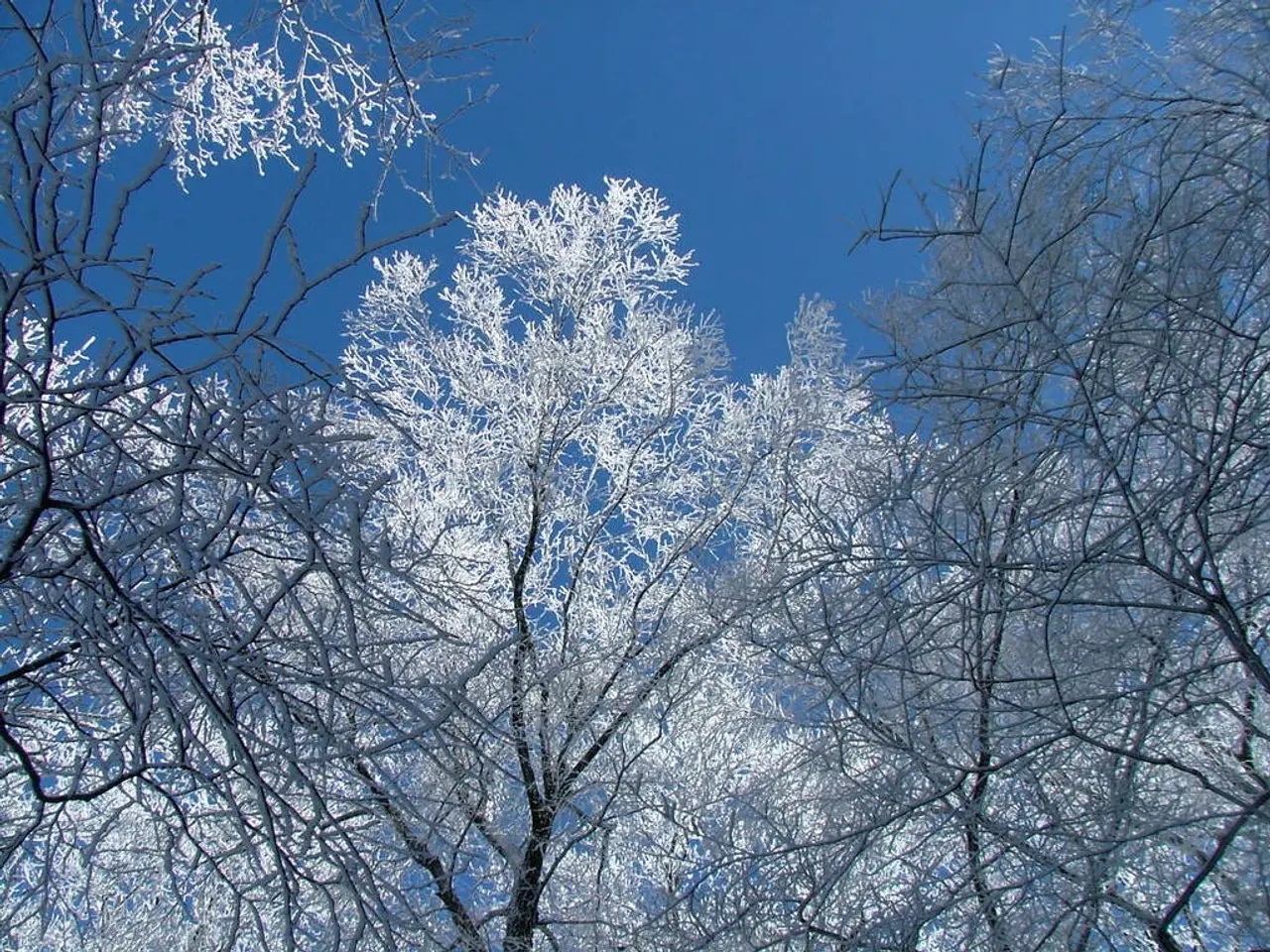Unveiled Research Highlights Neglected Impact of Ozone on America's Forests
In a groundbreaking study, researchers from Sonoma Technology Inc. and Rutgers University have uncovered comprehensive evidence on the detrimental effects of ground-level ozone on mature trees across diverse regions and species in the United States. Published in the Journal of Geophysical Research: Atmospheres, this research marks a significant shift in understanding the ecological impacts of ozone pollution.
Unlike previous studies that often focused on localized effects or atmospheric monitoring, this study integrates broad observational data to reveal how ozone pollution impairs tree health on a national scale. The findings highlight the critical vulnerability of mature trees to ozone, which has implications for forest carbon storage, biodiversity, and ecosystem services.
For policymakers and forest managers, the study underscores the need to tighten air quality standards related to ozone and to incorporate ozone damage risk in forest management and conservation planning. Current regulatory frameworks may underestimate the environmental costs of ozone pollution on forest health, calling for more proactive policies to mitigate ozone precursors and protect forest ecosystems.
The research team, led by Nathan Pavlovic, the lead geospatial data scientist at Sonoma Technology Inc., and Charles Driscoll, University Professor of Environmental Systems and Distinguished Professor in the College of Engineering and Computer Science, has employed machine learning to characterize and quantify the effects of ozone on various tree species experiencing a range of environmental conditions over a large spatial scale.
This study, which is the most comprehensive ever conducted, uses a database representing about 85 species and 1.5 million trees over the coterminous U.S. The researchers have assessed the impacts of nitrogen and sulfur deposition on trees in addition to ozone.
The sensitivity of trees to pollution from various sources is influenced by heat and water stress. The study involves the analysis of mature trees under the environmental conditions they are experiencing. As the shift from industrial and transportation sources of pollution to area sources such as agriculture and wildfires continues, this is an area of ongoing interest for the team.
Western U.S. forests are especially vulnerable to the effects of ozone pollution. For more information about the work, Daryl Lovell, the Associate Director of Media Relations for University Communications, can be contacted at the provided mobile number, email address, or Twitter handle.
Decreases in tree survival rates can make species more vulnerable to displacement by competing species, possibly resulting in shifts in species abundance and distributions and decreasing biodiversity. The study's findings urge integration into policy-making and sustainable forest management to safeguard forest health and associated ecological benefits.
- The research conducted by Nathan Pavlovic and Charles Driscoll's team, focusing on environmental conditions and various tree species, sheds light on the impacts of pollution from sources like agriculture and wildfires on the health-and-wellness of trees.
- Considering the study's findings, it's crucial for environmental-science researchers to recognize the influence of factors like climate-change and water stress on the sensitivity of trees, particularly in vulnerable regions such as the western United States.
- In the realm of sports and fitness-and-exercise, understanding the effects of ozone pollution on mature trees can contribute to long-term forest health preservation, ensuring sustained natural resources for future generations.




